5 Pieces of Bad Mountain Biking Advice
Maybe you’ve heard it, maybe you’ve even offered it. Advice given out on the trail can be downright terrible with frustrating and painful results. Here are the five worst pieces of riding advice we’ve heard out on the trails.
1. “The bike knows what to do – just let it roll!”
No matter how much money you spent on your fancy new mountain bike, I promise you, it does not have an auto-drive function and it does not “just know what to do”. Your bike is very capable – it can roll down rocks, jump off of drops, hop over logs – but only if you tell it what to do. You are steering this ship bike and only when you give it the right commands will it respond with #shredtastic results. And no, Huck-n-Pray is not an approved technique.
2. “Just get back!”
No, no, NO. Sorry 90’s riders but “just get back” is now officially out of fashion. Getting too far into the backseat on the bike can diminish both steering and braking control. As it turns out, being able to go the direction you want at the speed you want is kinda important.
Rather than thinking about getting back, think about getting LOW and BALANCED over the bike. Keep your weight in your feet, not yanking back on your handlebars. Yes, you do inevitably shift your weight back further as terrain gets steeper, but never so far back that you lose control of the front of the bike. How far back should you be on the bike when you are descending? Imagine you are holding onto the top of a sturdy horizontal fence (at handlebar height). If that fence is magically removed and you find yourself tumbling onto your face, you are too far forward. If you fall onto your bum, you are too far back. If you stay flat on your feet, you found the sweet spot!
3. “Want to be faster? Ride with people who are faster than you.”
As someone who was introduced to mountain biking by trying to chase former pro racers down trails that I had no business being on, let me tell you, this is not the right way to improve. Yes, pedaling with faster riders on occasion may result in you realizing that you are more capable than you imagined. However, on the flip side, it may also result in you riding out of control and beyond your ability level.
Want to go faster? Slow down. If you find yourself braking through corners, bobble-heading down technical sections or fighting against your bike, it’s time to slow down. Slow it down, turn off your Strava, and really focus on dialing in your technique. Session (ride multiple times) the features that you find challenging and take the time to figure them out without the pressure of trying to keep up. From there, incrementally add speed to the equation as your skills improve.
4. “Avoid using your front brake. It will send you over the handlebars.”
Yes, if you reactively grab a quick handful of front brake, there is a high likelihood you will find yourself super-manning over the handlebars. We want to avoid that. But, when it comes to riding a bike, being able to effectively bring yourself to a stop is pretty darn important. Your front brake is responsible for the majority of your stopping power and when used correctly, can save you from going off the edge.
Make friends with your front brake. Ninja Instructor Erin Machan offers tips for getting acquainted with your front brake, here. And everyone’s favorite Kiwi, instructor Aaron Lucy, gives you his 3 Keys to Using Your Front Brake Properly .
5. “If you can see yourself riding it, you can do it!”
Being confident in your abilities and being able to visualize yourself riding a technical feature is key to success. However, positive self-talk is not a replacement for skills instruction. You’ve heard the saying, “Insanity is doing the same thing over and over again and expecting different results”. This certainly applies to the trail. Throwing yourself down the same rock garden over and over again without changing what you are doing is crazy talk! The key to tackling those tough features is building up your mountain biking toolbox with all the skills you might need. Combine positive self talk with tangible skills and then you’re in business.

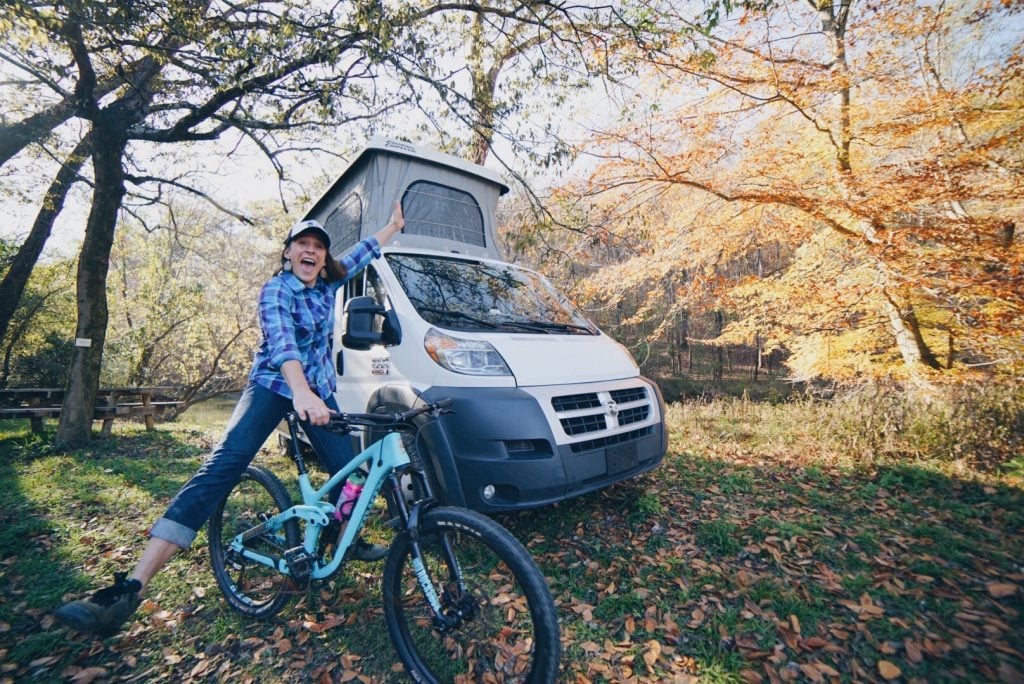
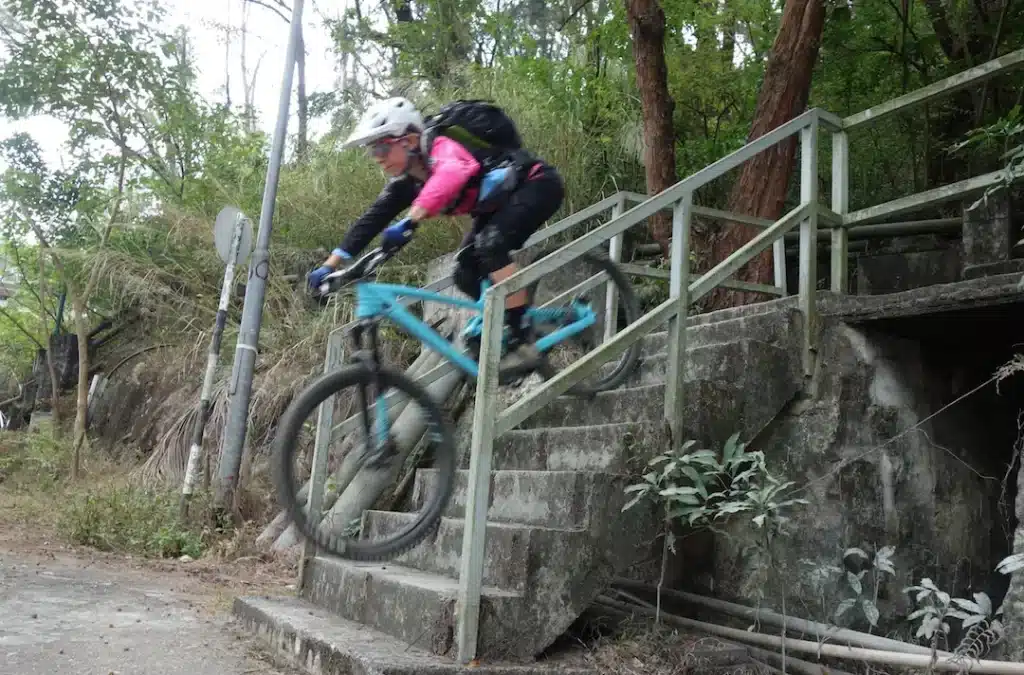
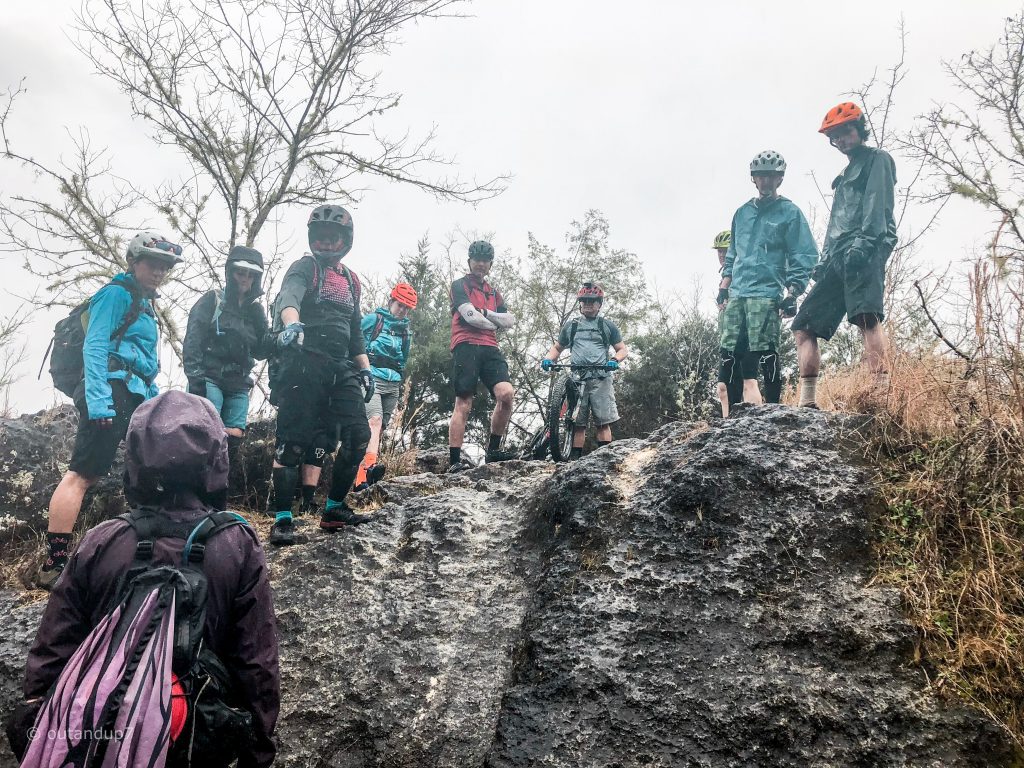
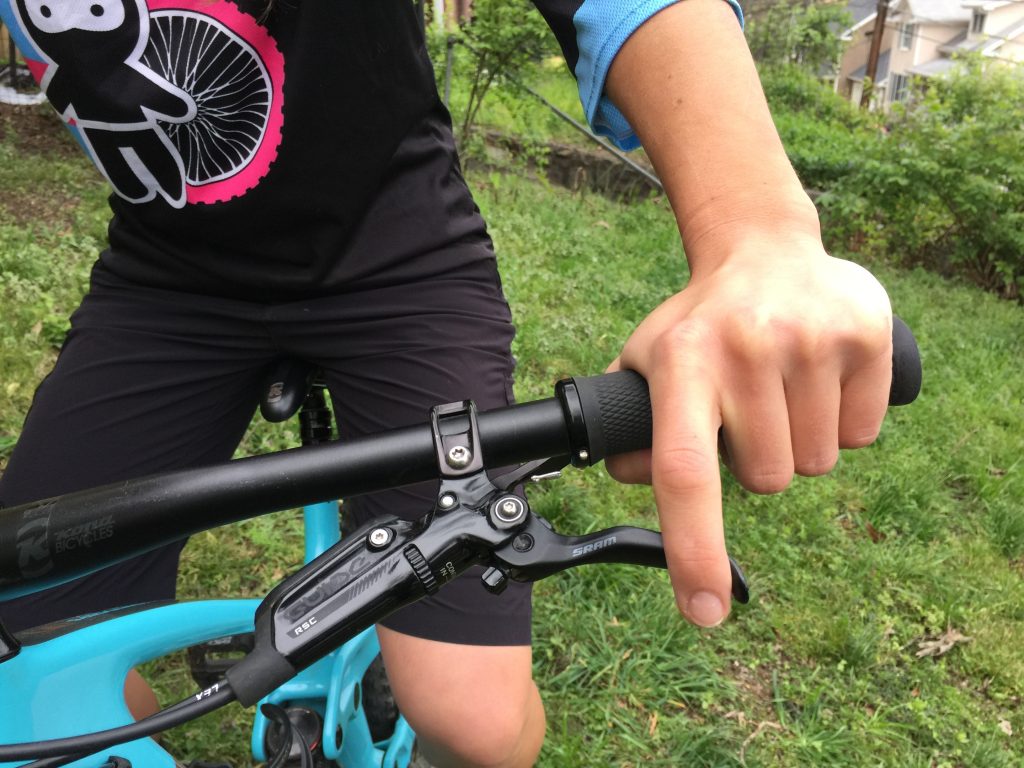
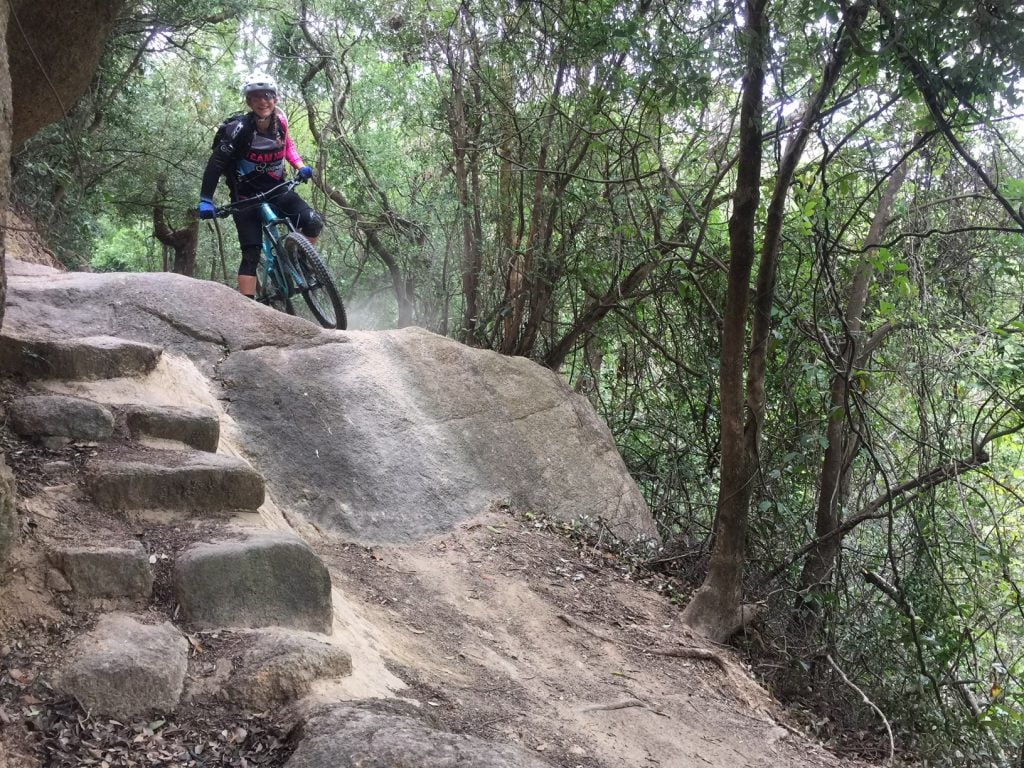






Awesome- couldn’t help but laugh at a few of these- pretty much have heard some of this advise coming out of my mouth……ouch!! Way to bring it home!
Totally disagree with 1 and 3. First off your bike does want to just roll over stuff. It is our hesitation and inoppurtune rider inputs that stymie your bike’s natural tendencies.
Second, riders who are faster than you are often more skillful too. Following them often allows one to see the better more efficient line. However remember that you do not possess all their skills yet so don’t abandon good judgment. On the other hand riding lines slowly to figure out lines is good also but slow. Combining the two is the ticket.
Hey Walt, Thanks for the dialogue here. I definitely agree that our bikes are very capable but I would argue that they only work if we give the right input. If you send your bike down a steep, rocky shoot without a rider it will fall / cartwheel / crash. The bike doesn’t stay upright and magically roll through the smoothest line on it’s own. It requires a rider with proper body positioning, even weight on the pedals, a slight bend in the elbows, eyes looking ahead down the trail etc.
My concern with the advice “Just let it roll…the bike knows what to do!” is that it assumes the rider already knows all of these skills. To your point, it is often times poor technique – hesitation or stiffness, a dropped pedal that clips a rock, or being too far off the back of the bike – that gets us into trouble. I’m trying to get the point across that you can’t make a blanket statement to “let the bike roll” unless you are confident the rider has all the other foundational riding skills dialed. If that’s the case, I’d yell out “You know what to do – put those skills to work!”.
As for riding with people who are faster than you, I completely agree that riding with faster and more skilled riders can have it’s benefits. However, from my personal experience and from watching lots of other riders getting into the sport, riding with people who are 10 levels above you often means you either a) get dropped on the ride and don’t actually get to see the more skilled riders pick their lines or b) you abandon good judgment, forget your limitations and ride out of control. My point here is NOT that you should always ride slowly with people at your same skills level or below. Rather, I’m offering a friendly reminder that you don’t magically gain skills and master techniques simply by adding more speed to the equation.
Shred on my friend! ✌️
I agree with Walt, at least concerning point 3.
It depends on how those “better riders” guide you.
By following their line you just might be able to get that tricky descent or climb. If they do not guide you, or take notice of tou capability then point 3 is correct, if they take you capability in to account then you will defenitly learn!
I agree mostly with Walt but some things are better ridden over faster. Your tires will roll over gaps with a bit of speed but drop in and get stuck while going slow.
Good point, Jim. Absolutely agree that in certain situations, speed and momentum can be your friend. This can be especially true in chunky, rocky terrain. My point is simply that trying to keep up with faster riders doesn’t necessarily improve your skills. Pedaling as hard as you can to keep up – and then riding the brakes all the way through the corner – and pedaling again to catch back up, is not going to make you a better rider. If you want to become a faster, more skilled rider in the long run, you may need to slow down a little to give your body and mind a chance to pickup the correct techniques. ??
Is that a turtle fart?
I love my cargo pants
Just because it’s out of fashion doesn’t mean we can’t still love the cargo pant. ???
I sure don’t, but bring back the halter tops …
These are some great points.
I get so frustrated with many MTB Youtubers (who are honestly 10x worse at riding than they think they are) who spout nonsense about “overcoming their fear” and “just sending it.”
Every year when the Whistler videos come out, you know a handful of clowns will start making videos of themselves stiff-arming some big jumps, praying they make it through without crashing. And of course making the obligatory “I/my friend crashed on the first turn!” video, downplaying their awful form while concluding they “just needed more speed.” The worst part is many of these guys have 100,000+ subscribers, breeding a new generation of terrible, reckless riders who are too impatient to ride within their skill zone.
I sure don’t miss cargo pants, but bring back the halter tops …
A better mental strategy might be:
Think Realistically ……..not Positively OR Negatively.
True — Don’t put yourself down, but also don’t build yourself up just through wishing.
If you know you can do something, by having proved your abilities, go ahead and send it; if you have realistic doubts, go back and train and practice more.
Being realistic is a lot more sane and fun……….and it keeps you out of the ER.
Love this post. Add “Ride it don’t slide it” , “Speed is your friend”, and “Just send it!” to the list of poor and unexplained advice. Quality coaching that teaches riders how to manage speed, braking, body position, bike body separation, and looking at the right spots on the trail (looking ahead, etc.) are the keys to safe and fun riding while learning to ride more technical terrain with style and confidence.
As a former 90s rider, I had a laugh at number 2.
I’m signed up for a ninja camp in Maine, can’t wait!